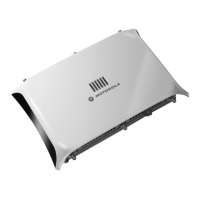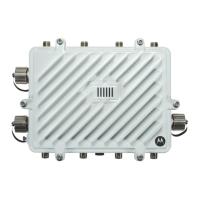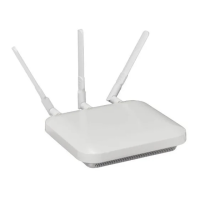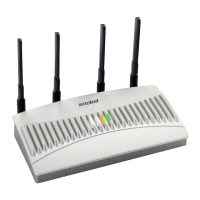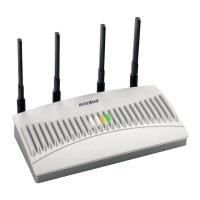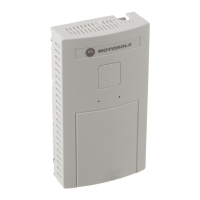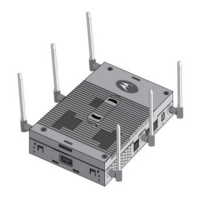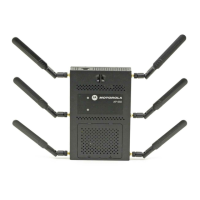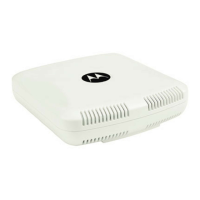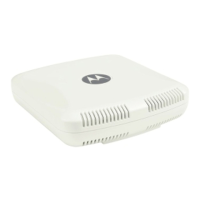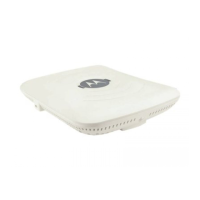Introduction
1-9
use KeyGuard with Motorola MUs. KeyGuard is only supported on Motorola MUs making it a
Motorola proprietary security mechanism.
For detailed information on KeyGuard configurations, see Configuring KeyGuard Encryption on page
6-18.
1.1.10.5 Wi-Fi Protected Access (WPA) Using TKIP Encryption
Wi-Fi Protected Access (WPA) is a security standard for systems operating with a Wi-Fi wireless
connection. WEP’s lack of user authentication mechanisms is addressed by WPA. Compared to WEP,
WPA provides superior data encryption and user authentication.
WPA addresses the weaknesses of WEP by including:
• a per-packet key mixing function
• a message integrity check
• an extended initialization vector with sequencing rules
• a re-keying mechanism
WPA uses an encryption method called Temporal Key Integrity Protocol (TKIP). WPA employs 802.1X
and Extensible Authentication Protocol (EAP).
For detailed information on WPA using TKIP configurations, see Configuring WPA/WPA2 Using TKIP
on page 6-21.
1.1.10.6 WPA2-CCMP (802.11i) Encryption
WPA2 is a newer 802.11i standard that provides even stronger wireless security than Wi-Fi Protected
Access (WPA) and WEP. Counter-mode/CBC-MAC Protocol (CCMP) is the security standard used by
the Advanced Encryption Standard (AES). AES serves the same function TKIP does for WPA-TKIP.
CCMP computes a Message Integrity Check (MIC) using the proven Cipher Block Message
Authentication Code (CBC-MAC) technique. Changing just one bit in a message produces a totally
different result.
WPA2-CCMP is based on the concept of a Robust Security Network (RSN), which defines a hierarchy
of keys with a limited lifetime (similar to TKIP). Like TKIP, the keys the administrator provides are used
to derive other keys. Messages are encrypted using a 128-bit secret key and a 128-bit block of data.
The end result is an encryption scheme as secure as any the access point provides.
For detailed information on WPA2-CCMP, see Configuring WPA2-CCMP (802.11i) on page 6-24.
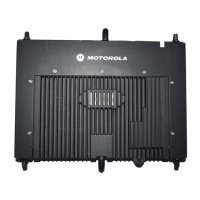
